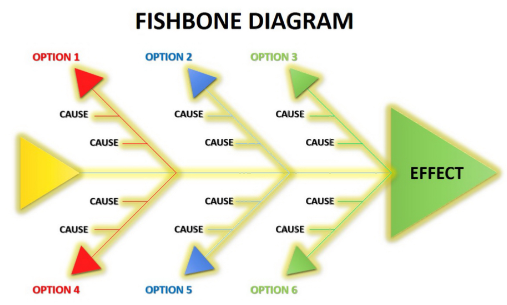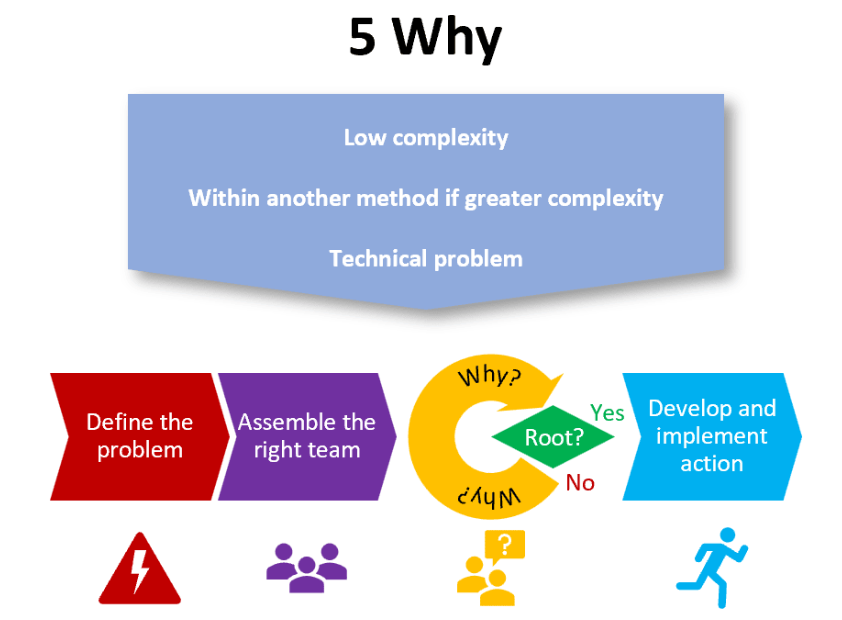It is a sure sign that school is about to start when the shelves of school supplies seem to be vanishing by the minute! While I’m not sure where summer went, I can’t help but be excited for the new school year to be upon us. A new school year brings the opportunity to look back at the previous school year and make plans for the future. This is often a time for GEAR UP grantees to reflect on what worked, what didn’t, and what might need a minor tweak. Some areas to reflect on might include data collection, programming, evaluation practices, or grant management strategies.
A continuous improvement process is a way to analyze performance, identify opportunities, and make changes to processes, deliverables, and personnel. There are many different tools that can be used to support a culture of continuous improvement, some of which require frequent analysis while others can be utilized post project/implementation.
Here are a few different continuous improvement tools:
Scrum, a guide developed in the early 1990s, requires a “Scrum Team” to work in a small group through a “Sprint” (project). The Sprint Retrospective is the reflective portion of a project in which the Scrum Team discusses the successes and challenges encountered during a project as well as how to improve in similar work for future iterations.
This easy four step model which is used frequently in education. If you do some research you may find different iterations of this continuous improvement plan, including adaptations such as Check in replacement of Study, or Adjust in replacement of Act. The PDSA model involves the following three main questions and a framework to allow a continuous cycle until the desired outcome is achieved or the team agrees to abandon the :
- What problem are we trying to solve?
- What change might we introduce and why?
- How will we know that a change is actually an improvement?
This process allows for a team to identify a problem and work through the different causes and factors that may be leading to the main problem the team identified. Once the diagram is finished, the team can work through strategies for removing the causes and factors to achieve the desired outcome.
This root cause analysis mimics the continuous toddler question of Why? which will uncover the cause of a root problem instead of the effects of the root problem. Once you have uncovered the root cause you can propose solutions to the problem statement and determine next steps.
It is important to take time each year to plan for the new school year, but without reflecting on what occurred in the past makes it impossible to plan for the future. If you are unsure where to start with a continuous improvement process, the Institute of Education Sciences has a wonderful toolkit for implementing a continuous improvement plan including templates and worksheets. No matter where your team is at in the lifecycle of your grant, a continuous improvement plan will allow your grant to increase productivity, work through challenges, and support documentation of processes to allow better programming for your students. Because when we can support better programming, the sky’s the limit in what is possible for your students.
Roads, where we’re going we don’t need roads!
Doc Brown



